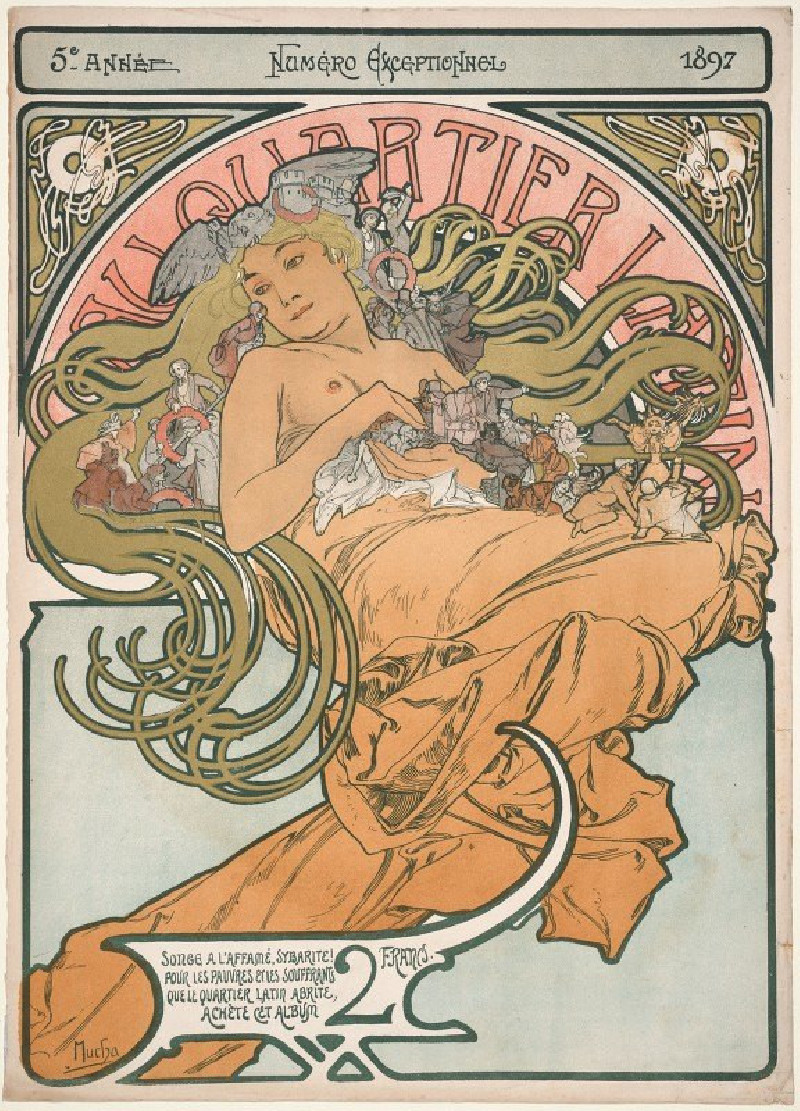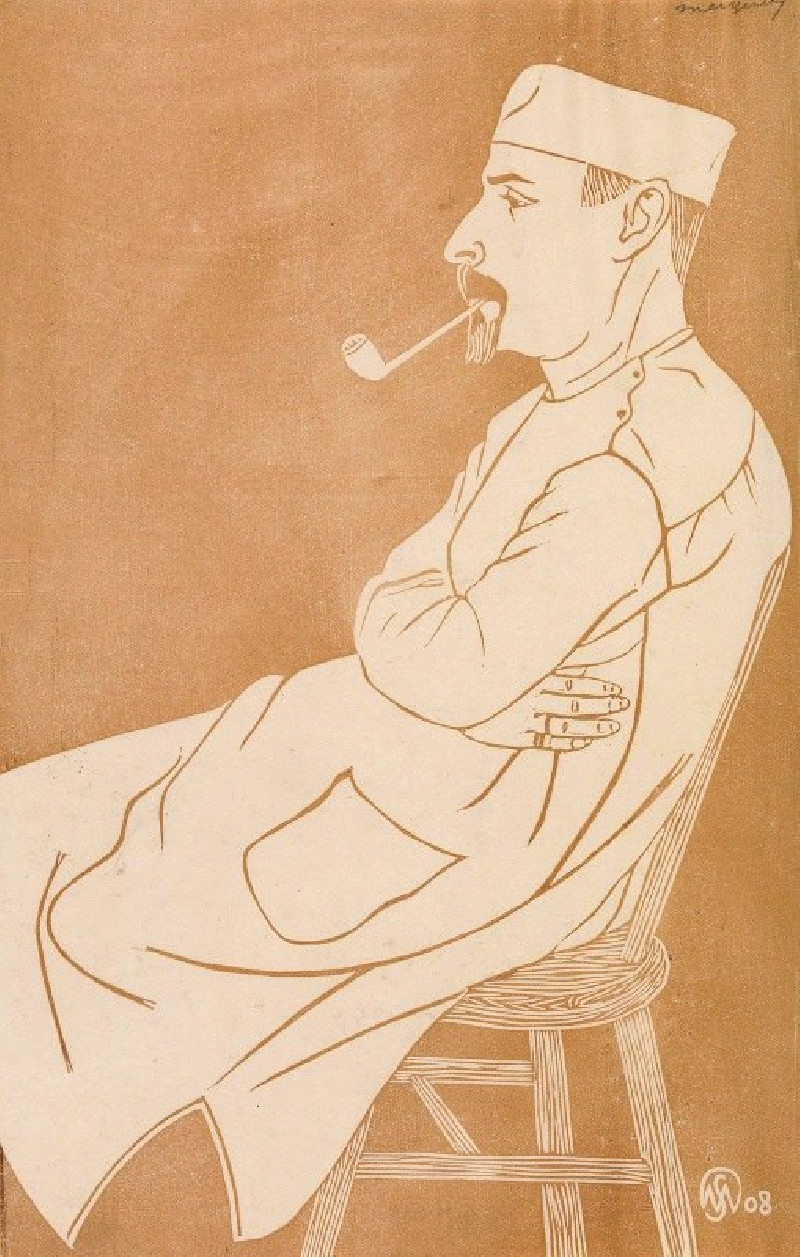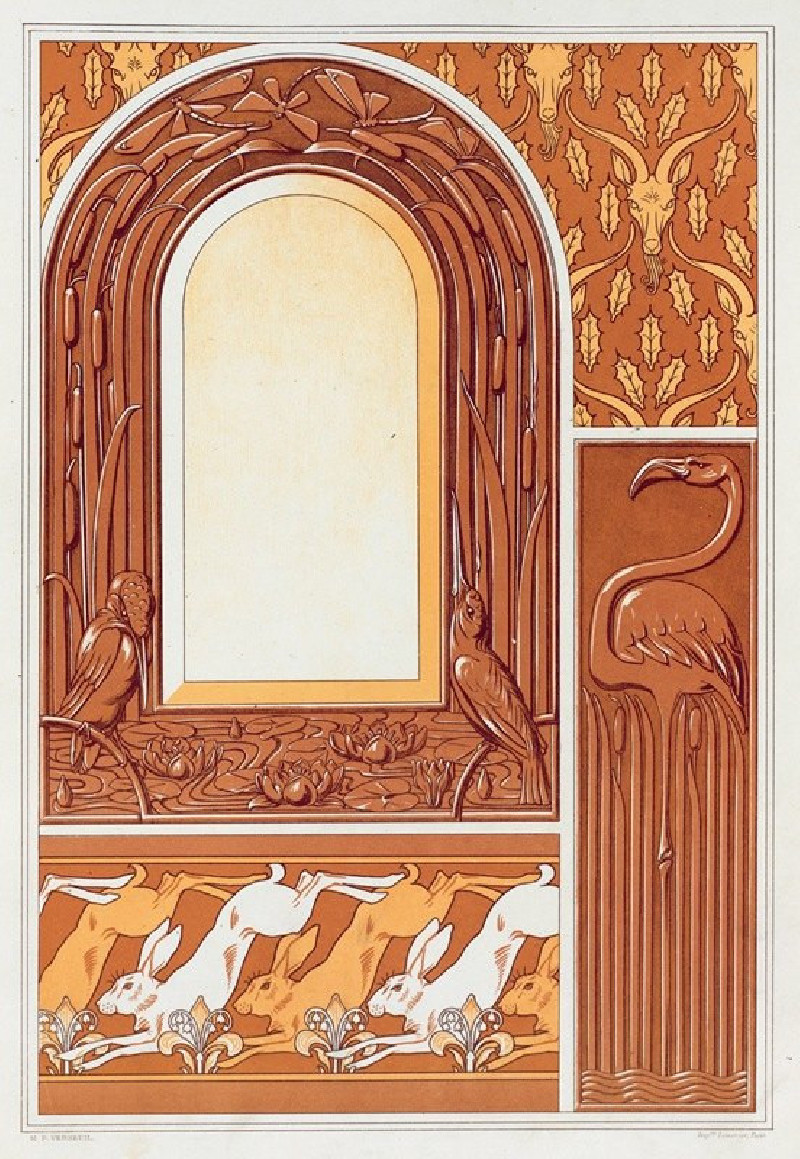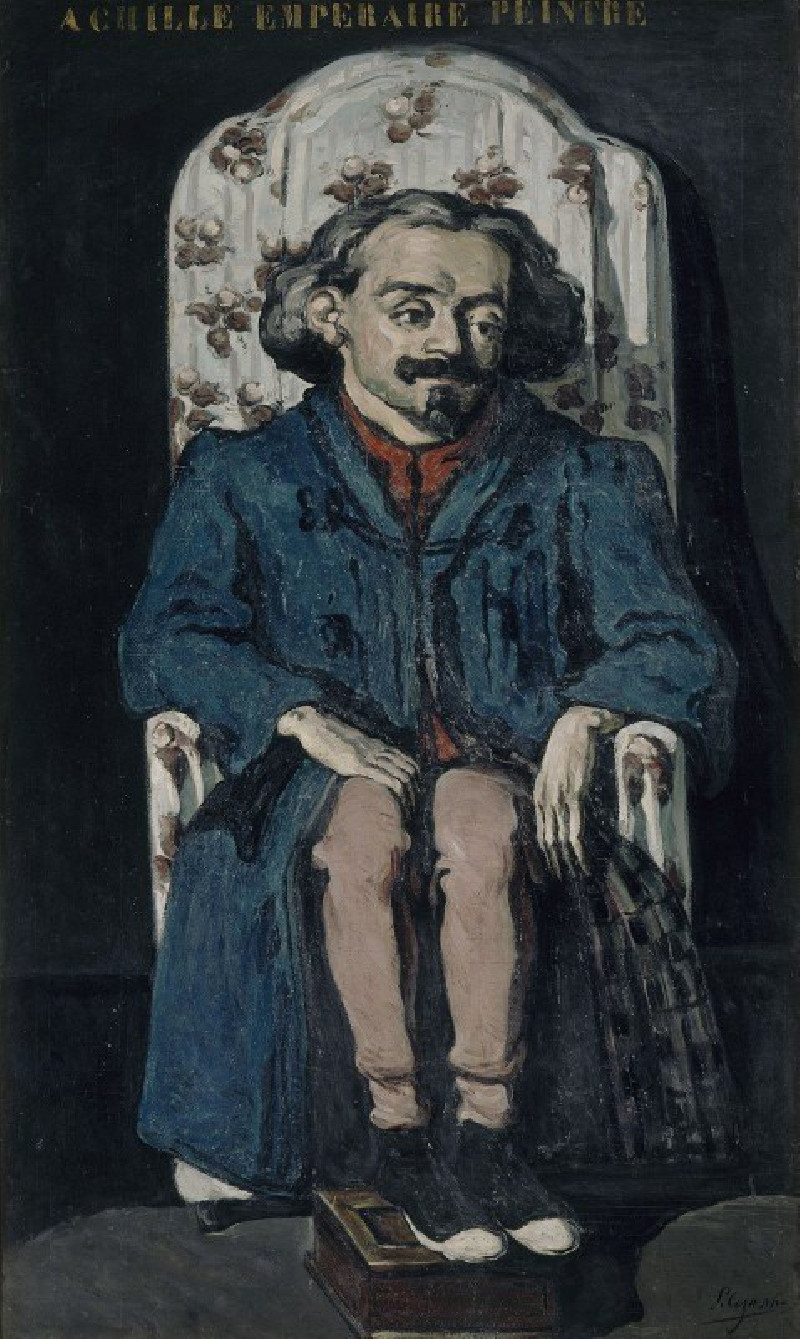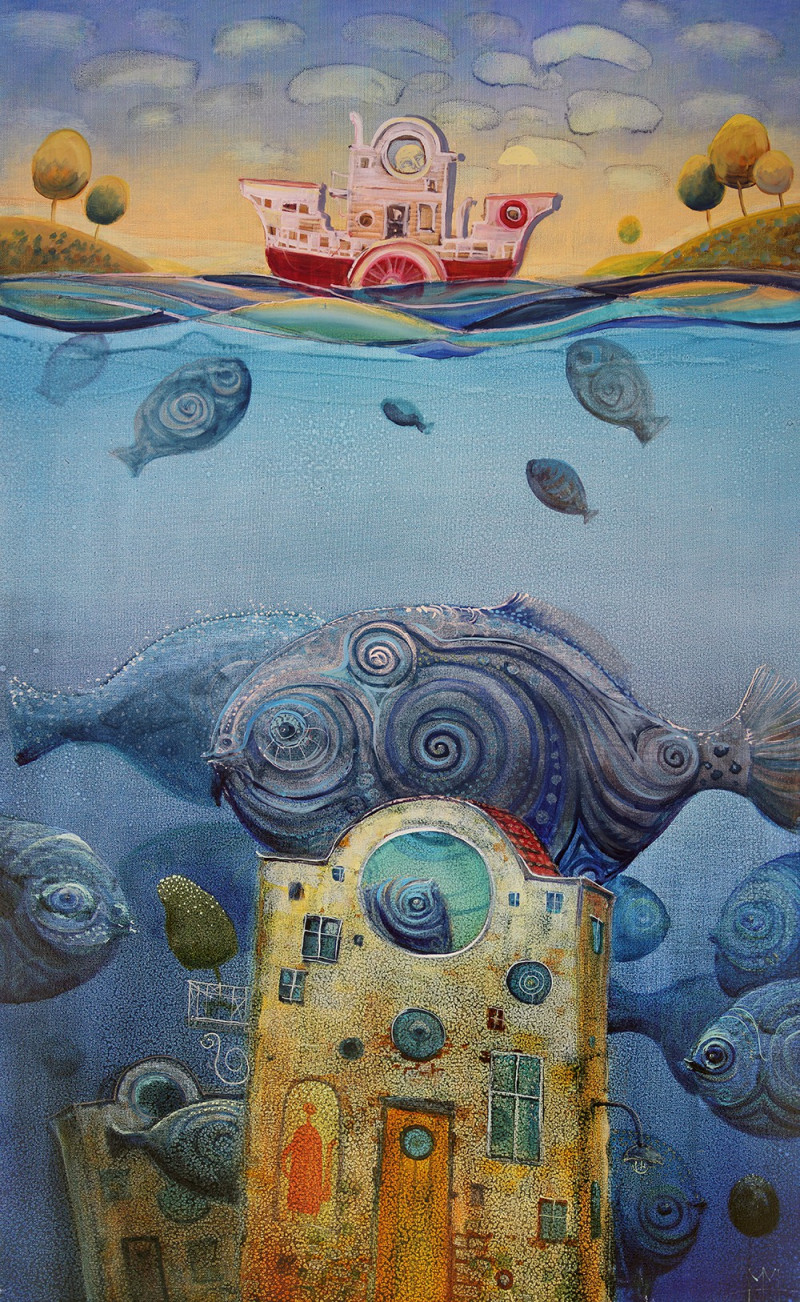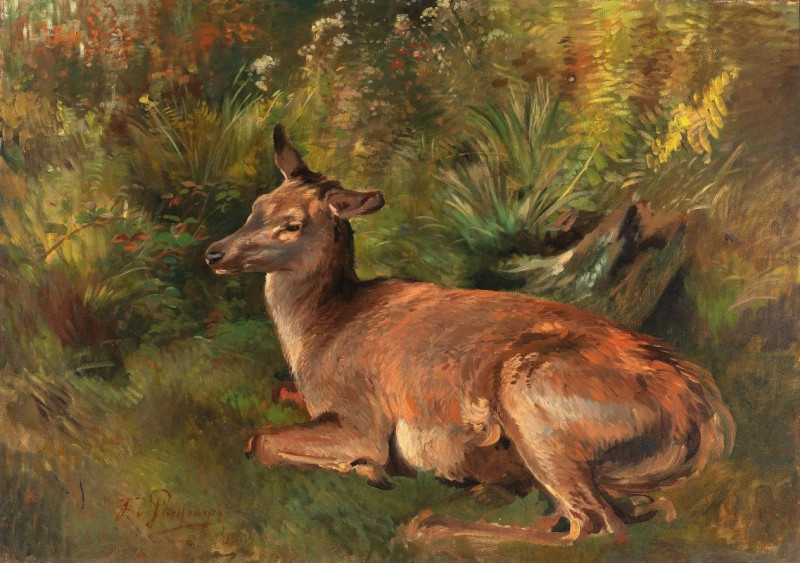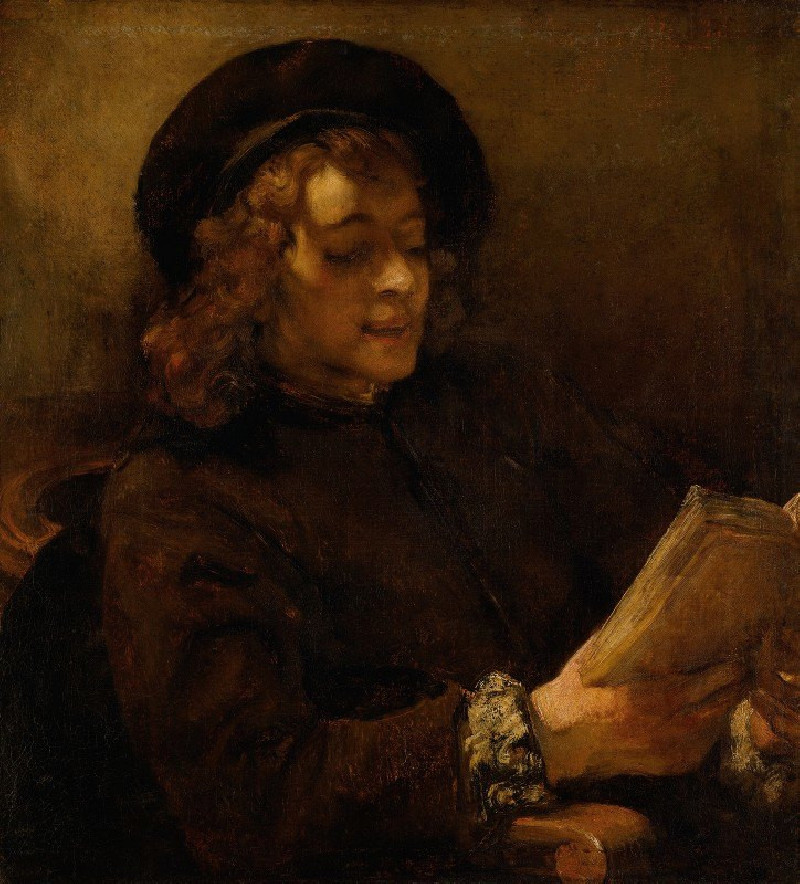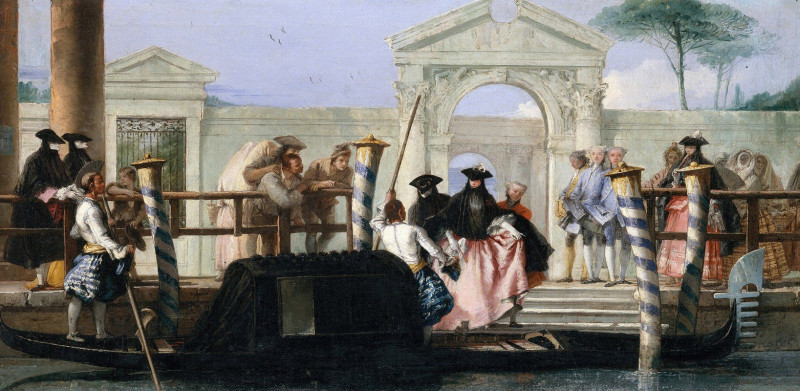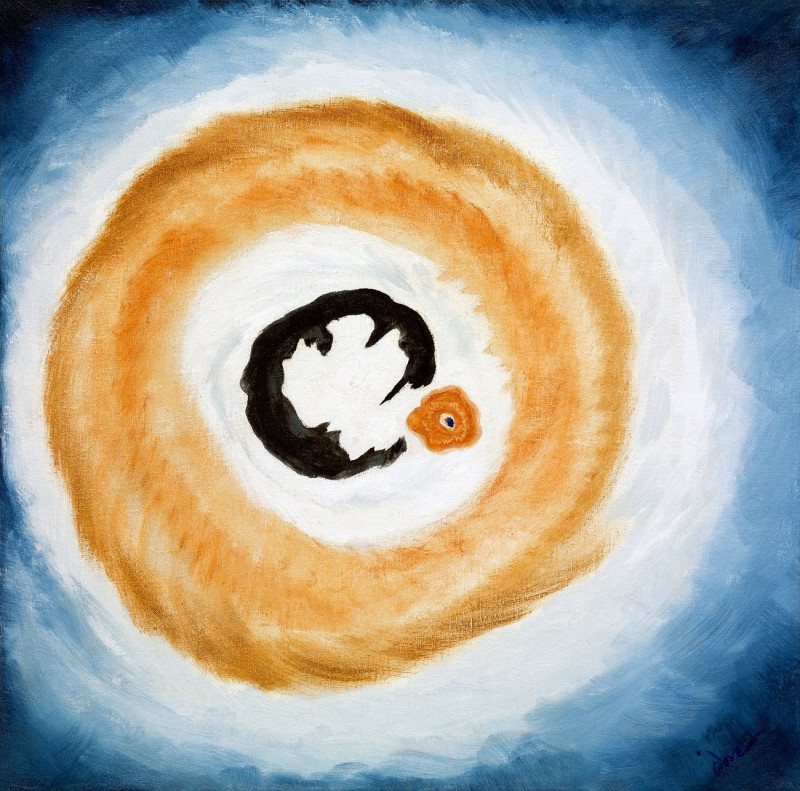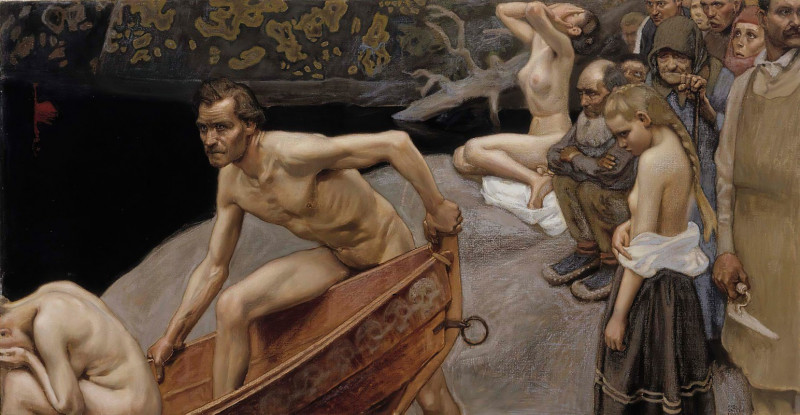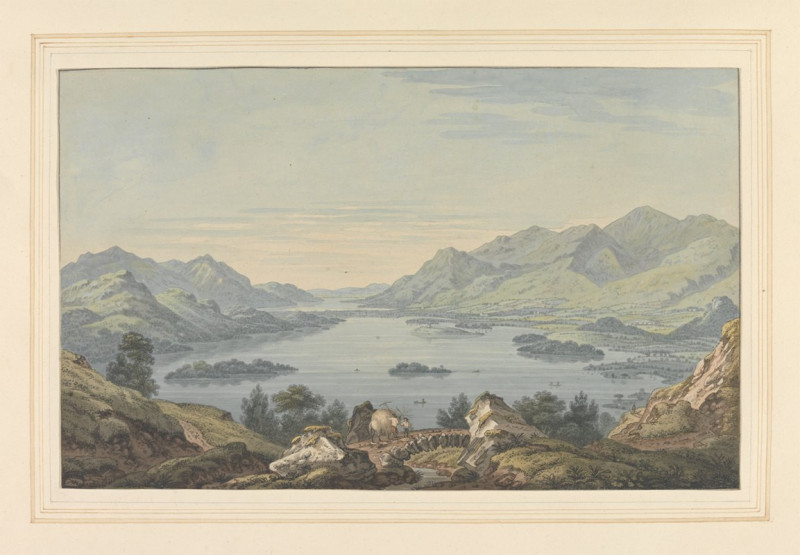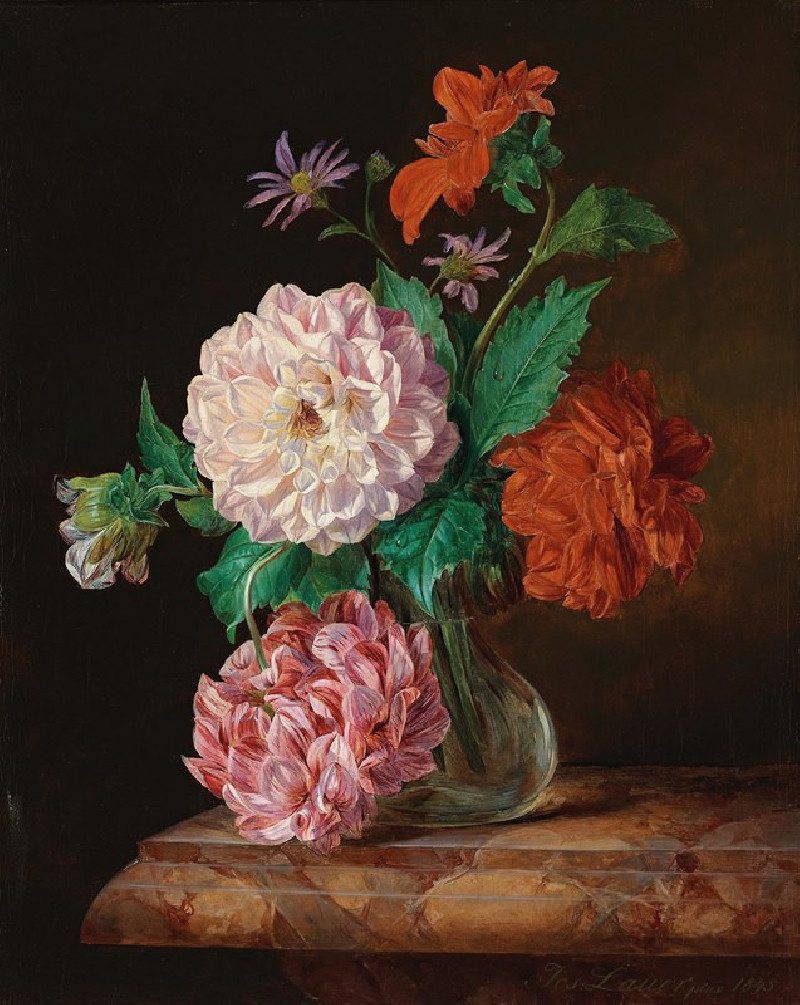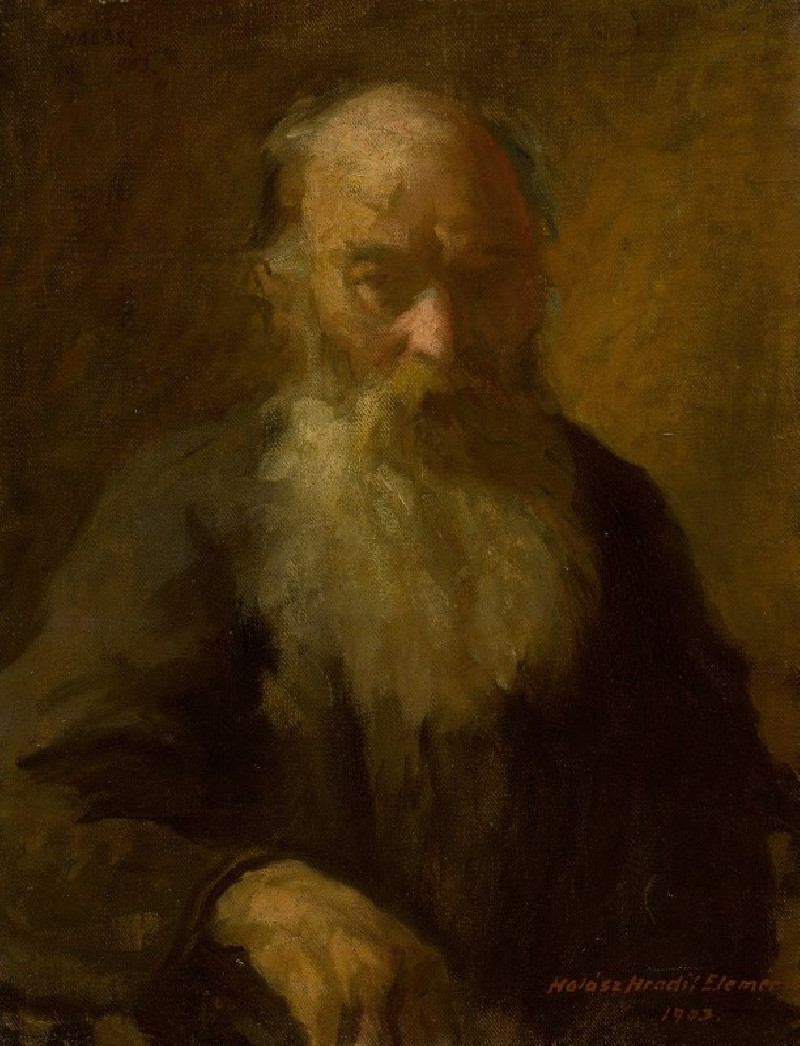Great gateway leading to the Temple of Karnac [Karnak], Thebes. [Title vignette, vol. 2] (1846-1849)
Technique: Giclée quality print
Recommended by our customers
More about this artwork
We are pleased to feature on our website a striking piece from the collection titled "Great gateway leading to the Temple of Karnac [Karnak], Thebes" by the renowned 19th-century British artist, David Roberts. This exquisite work forms part of a series produced between 1846 and 1849 during Roberts' extensive travels in Egypt and Nubia.The painting portrays the majestic gateway that leads to the ancient Temple of Karnak in Thebes, an awe-inspiring testament to Egypt's grand architectural accomplishments. Roberts captures the towering presence of the gateway, adorned with intricate hieroglyphic carvings that echo tales of a civilization steeped in religious and cultural richness. The foreground is scattered with debris and rocks, suggesting the ruinous beauty that time has inflicted upon the site, yet the structure itself stands resilient and proud against the backdrop of a subtle, yet expressive sky.This particular scene is brought to life through Roberts’ skillful use of watercolor, showcasing his ability to blend precision in architectural detail with the atmospheric qualities typical of the romantic era. The inclusion of figures in traditional attire provides a sense of scale and adds a human element to the composition, emphasizing the enduring legacy of these ancient structures amidst the daily lives of the local people."Great gateway leading to the Temple of Karnac [Karnak], Thebes" not only showcases David Roberts' artistic prowess but also serves as a historical document, capturing the essence of Egyptian monumental architecture in a way that few artists of his time could.
Delivery
Returns
David Roberts (24 October 1796 – 25 November 1864) was a Scottish painter. He is especially known for The Holy Land, Syria, Idumea, Arabia, Egypt, and Nubia, a prolific series of detailed lithograph prints of Egypt and the Near East that he produced from sketches he made during long tours of the region (1838–1840). These and his large oil paintings of similar subjects made him a prominent Orientalist painter. He was elected as a Royal Academician in 1841.

![Great gateway leading to the Temple of Karnac [Karnak], Thebes. [Title vignette, vol. 2] (1846-1849) reproduction of painting... Great gateway leading to the Temple of Karnac [Karnak], Thebes. [Title vignette, vol. 2] (1846-1849) reproduction of painting...](https://reprodukcijos.lt/39116-large_default/reproduction-of-great-gateway-leading-to-the-temple-of-karnac-karnak-thebes-title-vignette-vol-2-1846-1849.jpg)
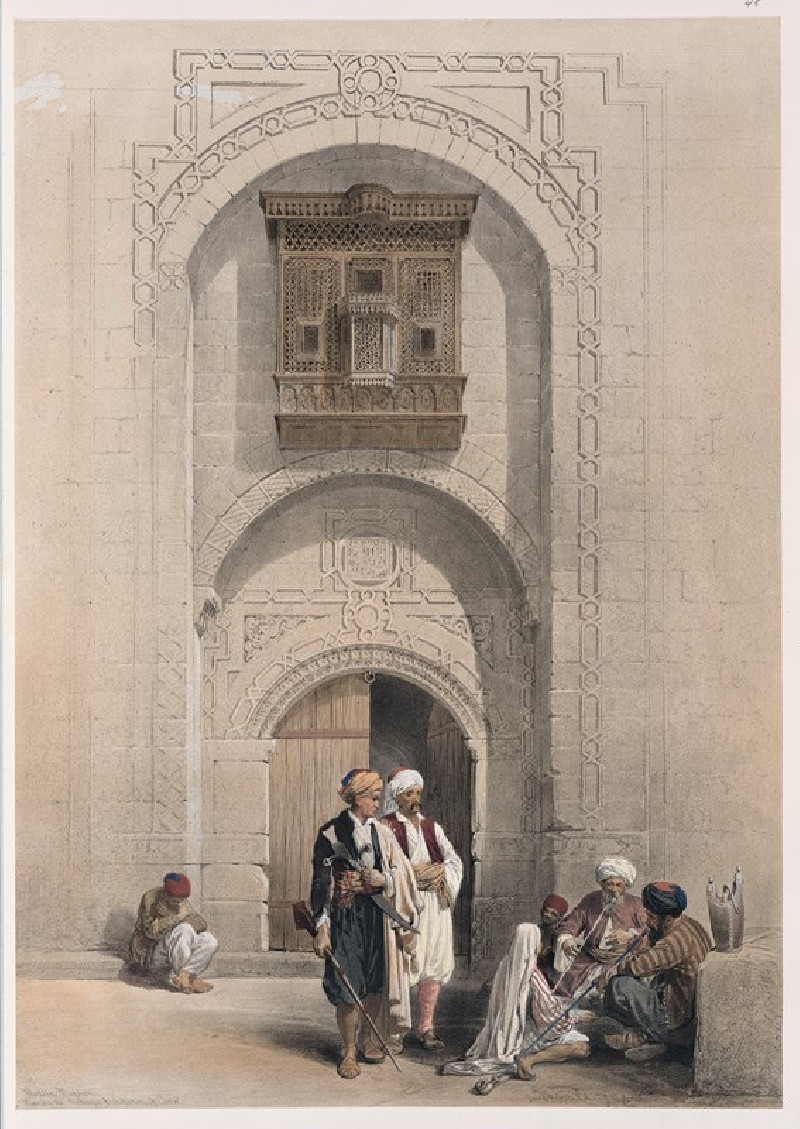
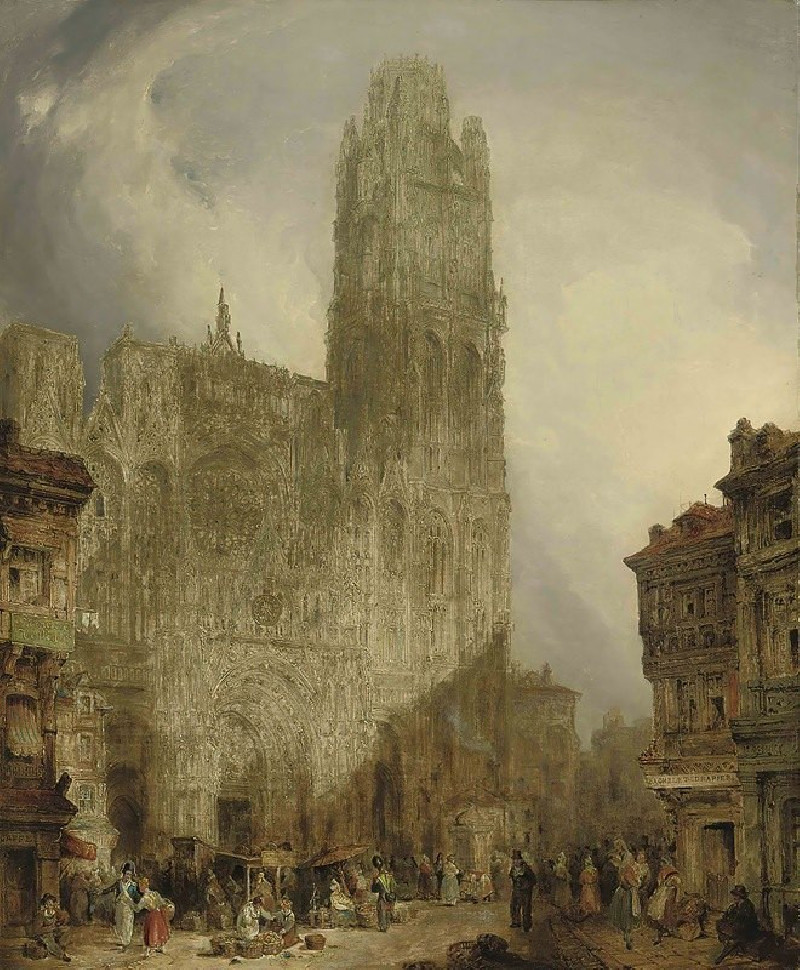
![Siout [Asyût]. Upper Egypt. (1846-1849) reproduction of painting by David Roberts. ALL GICLEE PRINTS](https://reprodukcijos.lt/39216-large_default/reproduction-of-siout-asyut-upper-egypt-1846-1849.jpg)
![Hermont [Armant], ancient Hirmonthis. Nov. 26th, 1838. (1846-1849) reproduction of painting by David Roberts. ALL GICLEE PRINTS](https://reprodukcijos.lt/39215-large_default/reproduction-of-hermont-armant-ancient-hirmonthis-nov-26th-1838-1846-1849.jpg)
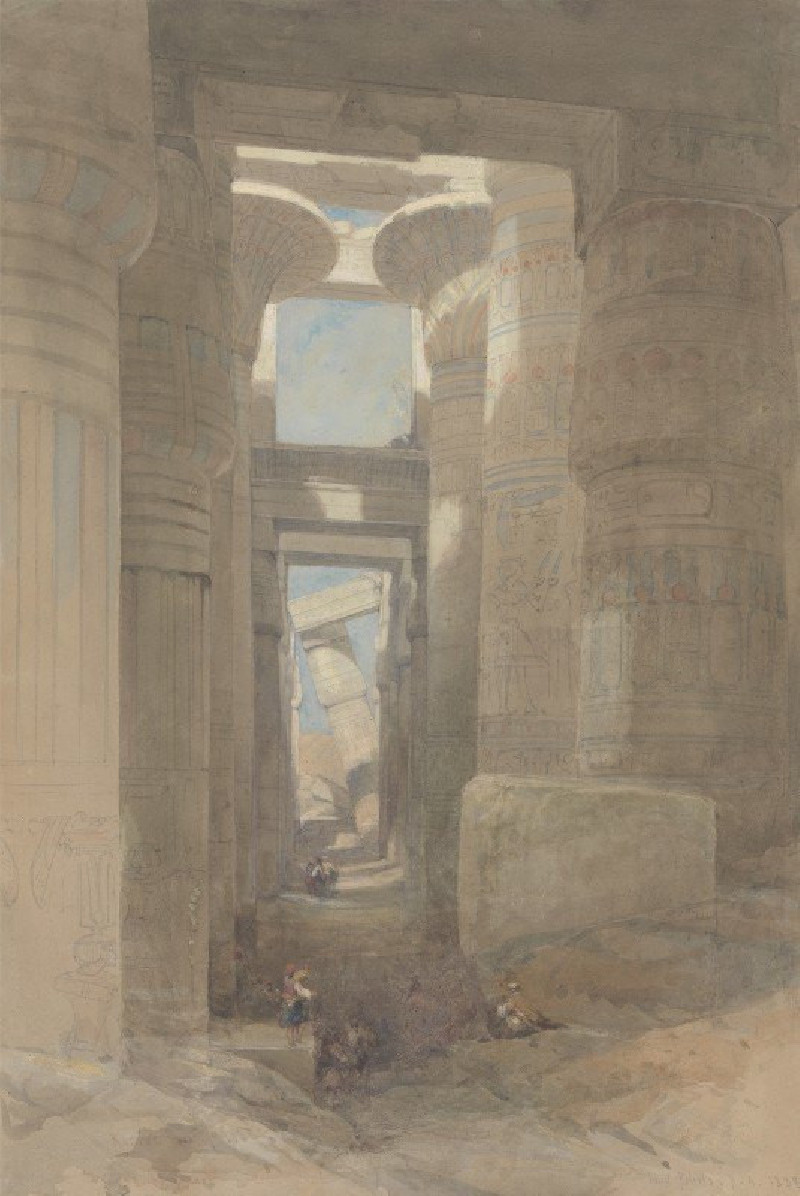
![Temple of Wady Saboua [Wadi al-Sabua], Nubia. (1846-1849) reproduction of painting by David Roberts. ALL GICLEE PRINTS](https://reprodukcijos.lt/39213-large_default/reproduction-of-temple-of-wady-saboua-wadi-al-sabua-nubia-1846-1849.jpg)
![Portico of the Temple of Edfou [Idfû], Upper Egypt. Nov. 23rd, 1838. (1846-1849) reproduction of painting by David Roberts. A...](https://reprodukcijos.lt/39212-large_default/reproduction-of-portico-of-the-temple-of-edfou-idfu-upper-egypt-nov-23rd-1838-1846-1849.jpg)
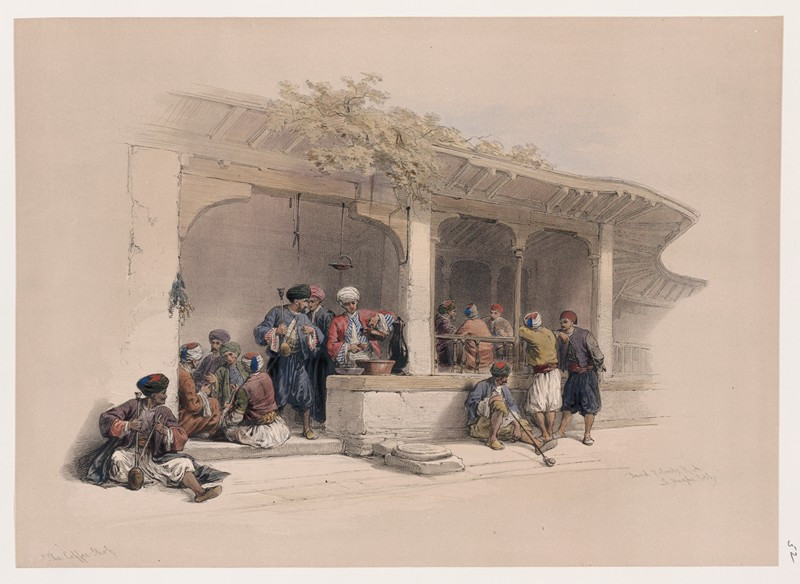

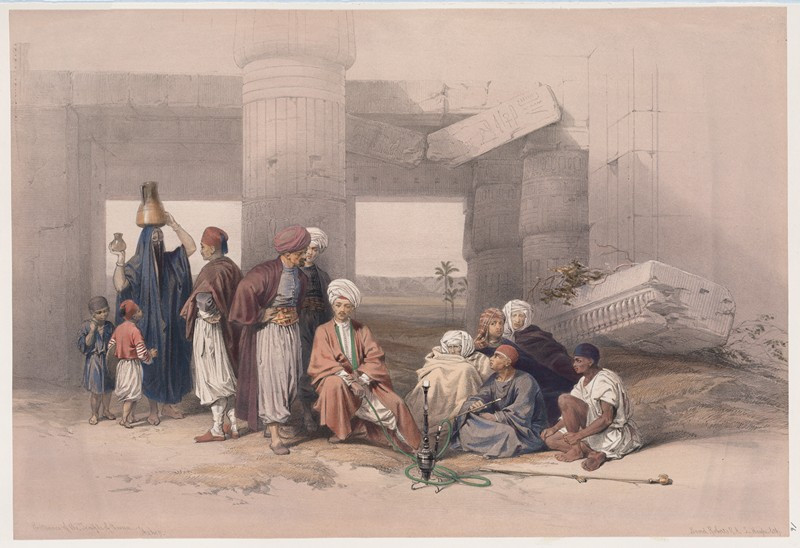
![Edfou [Edfu, Idfû]. Nov. 24th, 1838. (1846-1849) reproduction of painting by David Roberts. ALL GICLEE PRINTS](https://reprodukcijos.lt/39208-large_default/reproduction-of-edfou-edfu-idfu-nov-24th-1838-1846-1849.jpg)
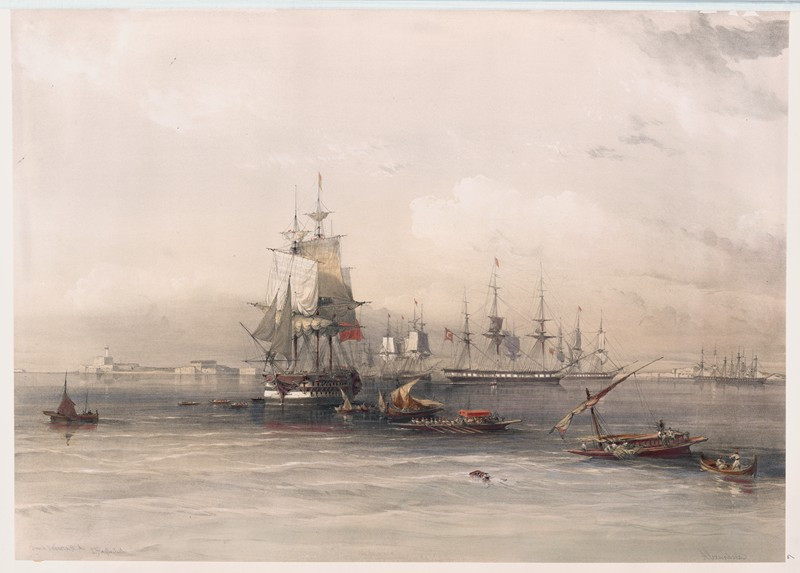
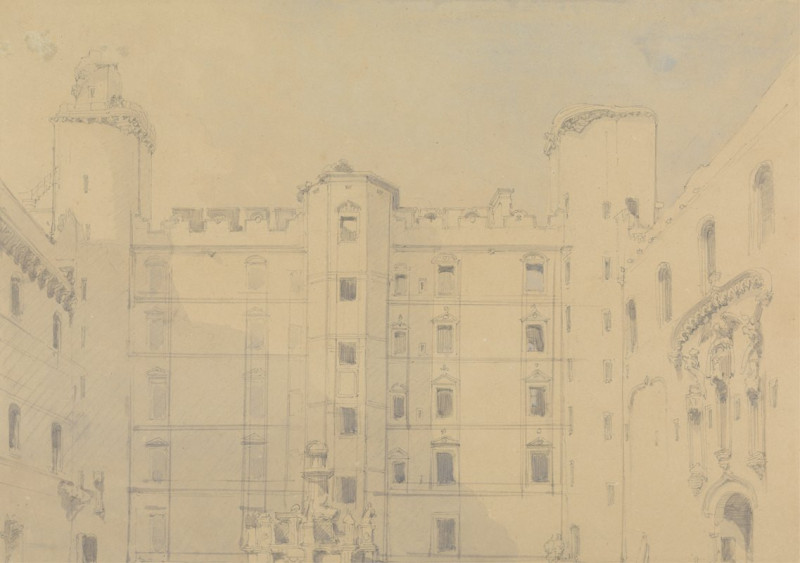
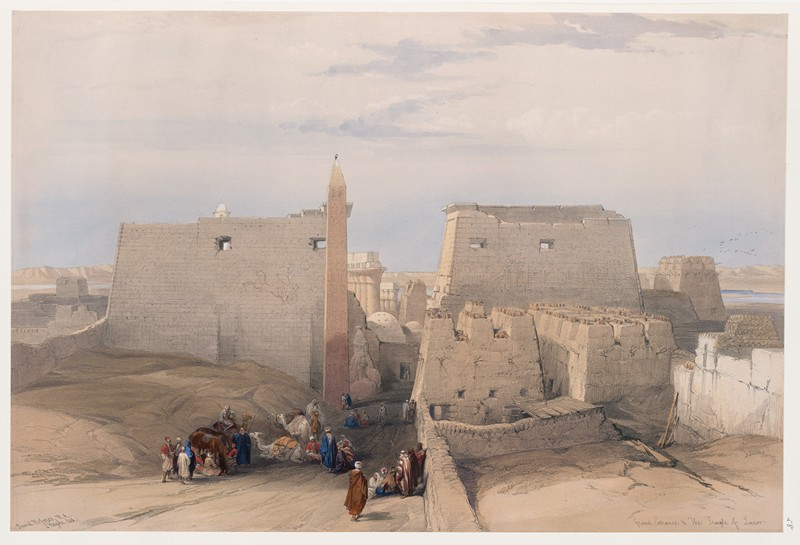

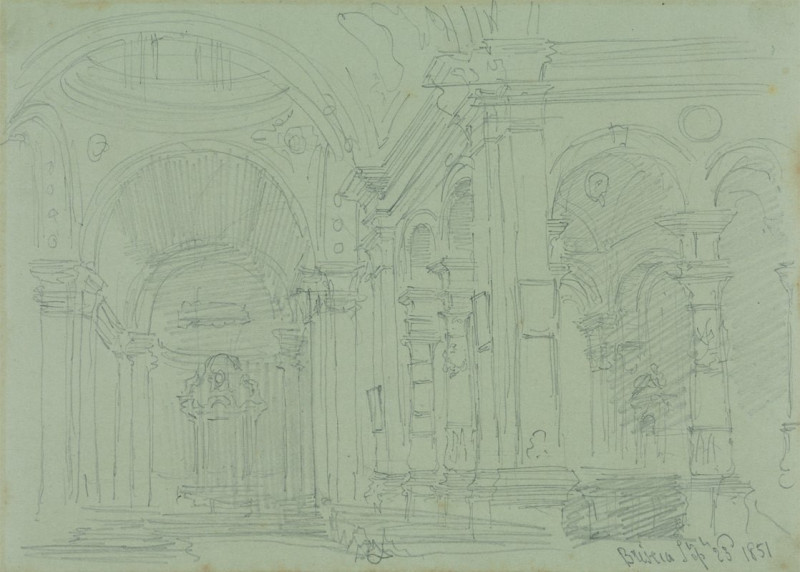
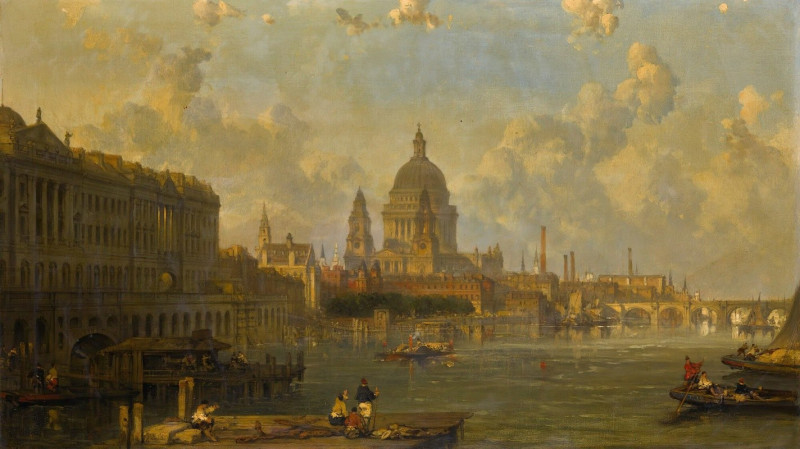
![Temple of Kalabshee [Kalabsha, Kalâbishah], Nubia. Nov. 1838. (1846-1849) reproduction of painting by David Roberts. ALL GICL...](https://reprodukcijos.lt/39201-large_default/reproduction-of-temple-of-kalabshee-kalabsha-kalabishah-nubia-nov-1838-1846-1849.jpg)
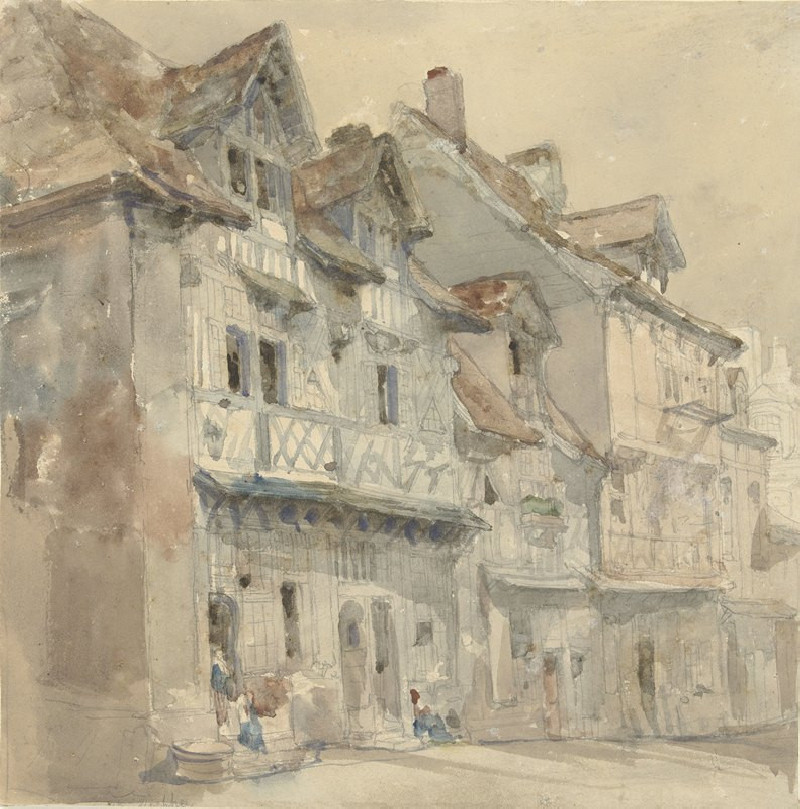
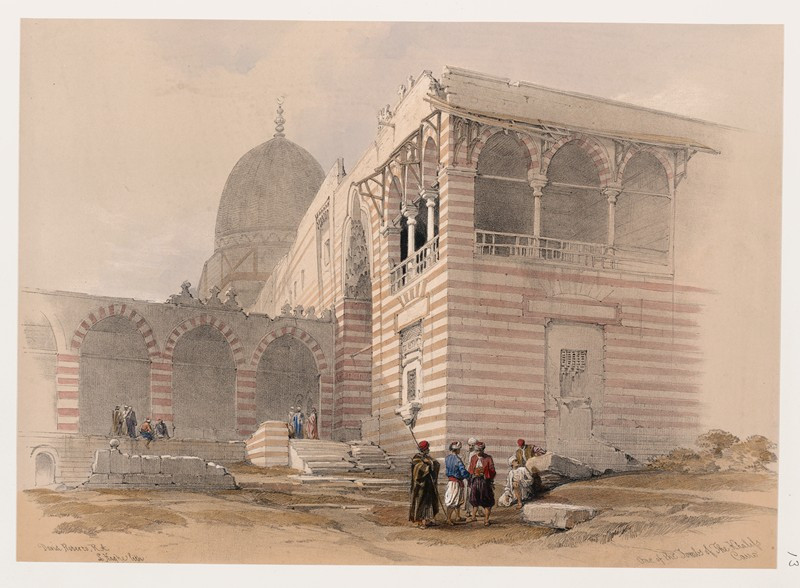

![Ruins of the Temple of Kardeseh [Qirtâsî], Nubia. (1846-1849) reproduction of painting by David Roberts. ALL GICLEE PRINTS](https://reprodukcijos.lt/39187-large_default/reproduction-of-ruins-of-the-temple-of-kardeseh-qirtasi-nubia-1846-1849.jpg)
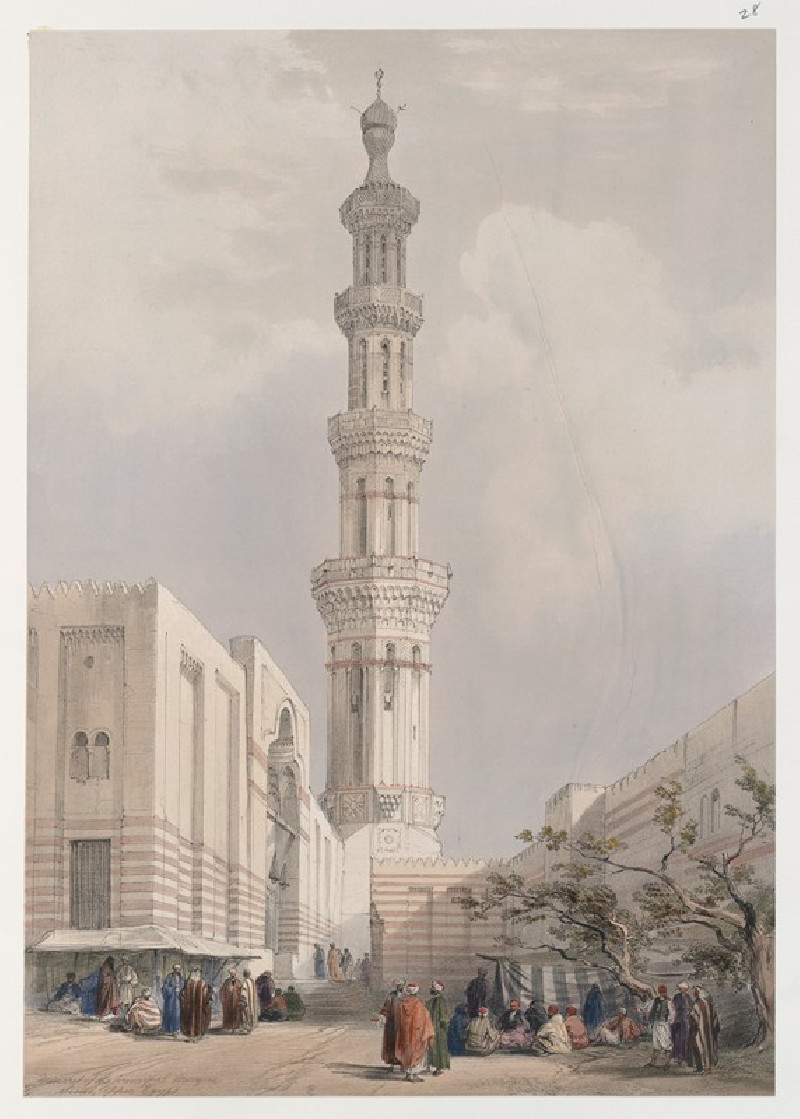
![Pyramids of Geezeh [Giza]. (1846-1849) reproduction of painting by David Roberts. ALL GICLEE PRINTS](https://reprodukcijos.lt/39185-large_default/reproduction-of-pyramids-of-geezeh-giza-1846-1849.jpg)
![Excavated temples of Aboosimble [Abû Sunbul], Nubia. (1846-1849) reproduction of painting by David Roberts. ALL GICLEE PRINTS](https://reprodukcijos.lt/39184-large_default/reproduction-of-excavated-temples-of-aboosimble-abu-sunbul-nubia-1846-1849.jpg)

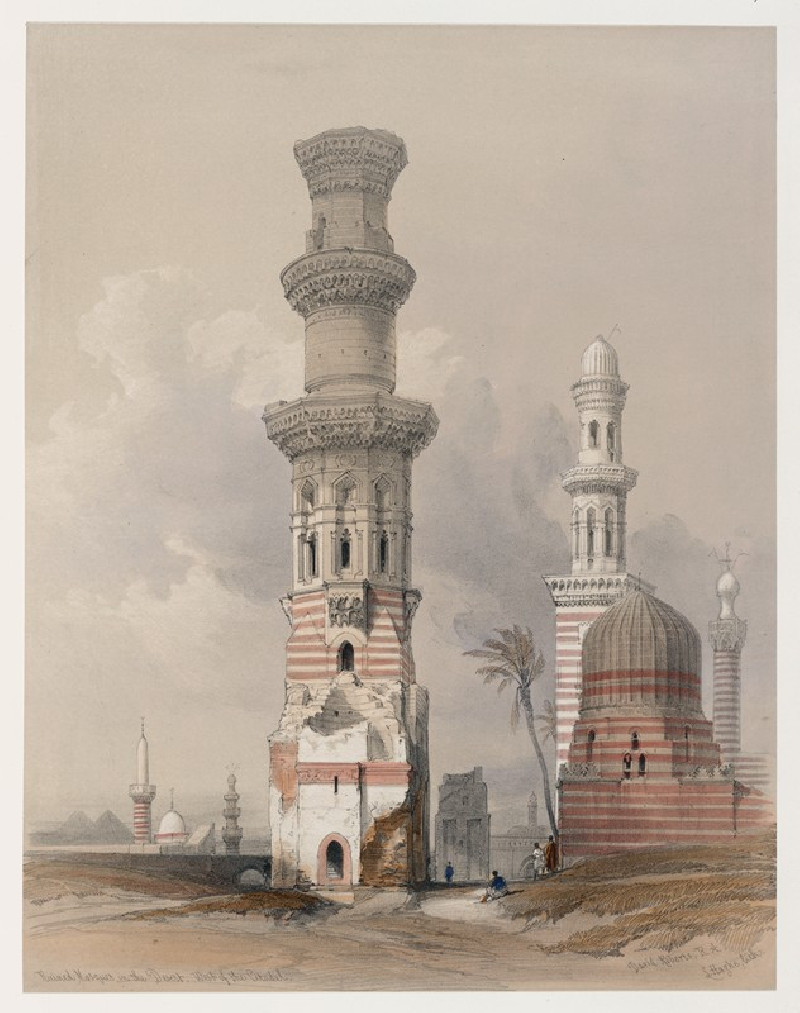


![Dayr el Medeeneh [Dayr al-Madînah], Thebes. (1846-1849) reproduction of painting by David Roberts. ALL GICLEE PRINTS](https://reprodukcijos.lt/39182-large_default/reproduction-of-dayr-el-medeeneh-dayr-al-madinah-thebes-1846-1849.jpg)
